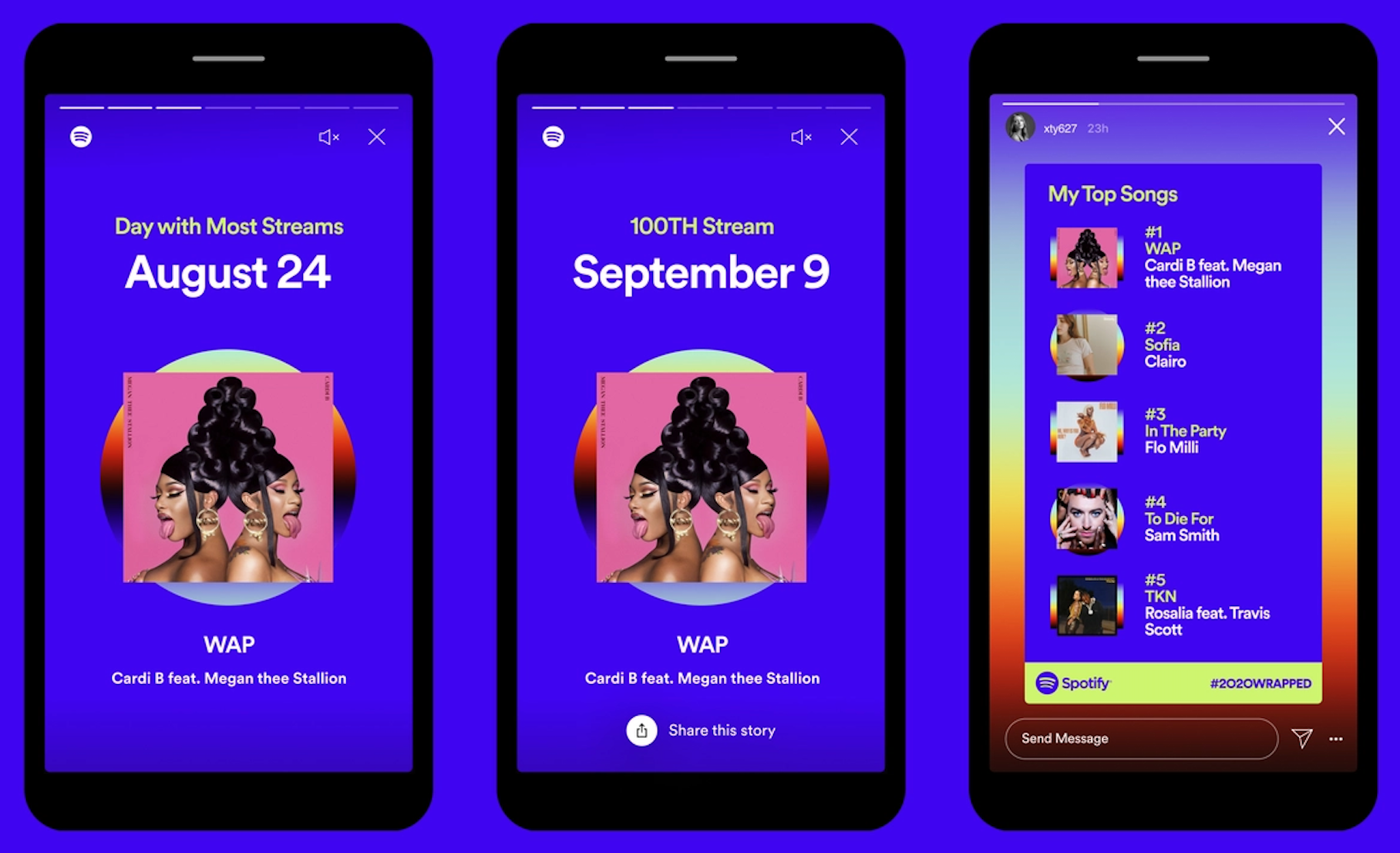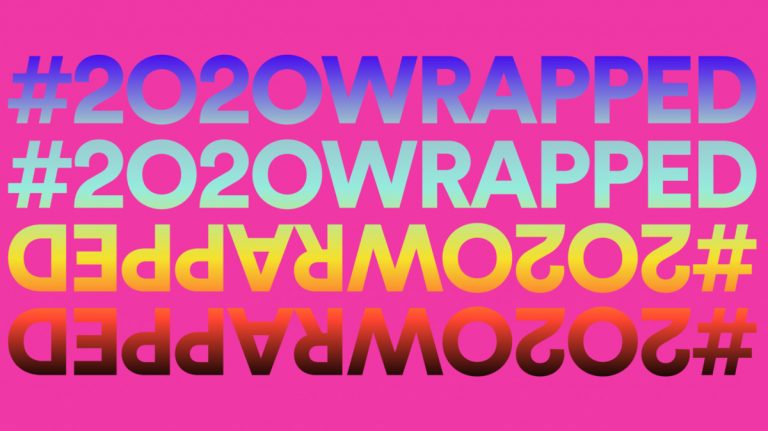Spotify launches 2020 Wrapped with new features. Here’s what you’ll get
Today, 2 December, Spotify is launching its ‘2020 Wrapped’ personalised experience—the company’s popular year-end review of users’ favourite artists, songs, genres, and even podcasts. But because 2020 has been extra special, this year, Spotify is also making a few changes. What is 2020 Wrapped about and what are the new features that Spotify has to offer?
First of all, while Wrapped will be exclusively available on mobile for Spotify users, a web experience will also be available for non-Spotify users. Wrapped will also include a deeper look into users’ podcast listening habits to reflect the platform’s continuing investment in podcasts.
Some of you might be wondering how exactly non-Spotify users will receive the Wrapped personalised experience if they never really used the platform in the first place? For them, Spotify will share its broader global listening trends, including the most-streamed artist, top three podcasts, and other popular music insights.
On Tuesday, Spotify had already announced a few of the lucky winners, with Puerto Rican rapper Bad Bunny claiming the top spot with more than 8.3 billion streams in 2020. The top three podcasts, meanwhile, were The Joe Rogan Experience, TED Talks Daily and The Daily.
Although the feature had included podcast insights in prior years, this year, the experience is being expanded to include added metrics, like how many minutes users spent listening to podcasts in 2020 and the most ‘binge-worthy’ podcasts of the year.
On top of that, the end-of-year package will include new features, like in-app quizzes, a ‘Story of Your 2020’ dedicated to users’ top song of the year, new ‘Wrapped badges’, personalised playlists, customisation options for social sharing of course, as well as some other additions.

Spotify’s new in-app quizzes feature will allow users to guess the trends of the year before Wrapped reveals them. Spotify listeners will be able to guess which were their top podcasts, top artists and even what decade’s songs they streamed the most. Users will also be able to see what new genres they discovered during 2020.
Stories, naturally, will make an appearance in this year’s Wrapped, too. After the success its Storylines received in 2019, the company was recently spotted testing a Stories feature in its app as well. In January 2020, the app also began to allow influencers to post Stories to introduce their playlists. Now, those influencers also include musicians themselves, proving that the idea was a success.

For Wrapped 2020, Spotify is introducing the ‘Story of Your 2020’ which shows a user’s top song from the year from its first stream to its 100th stream and several milestones in between.
Spotify Premium users will gain access to new badges this year based on what they listened to and how often. Some will receive the ‘Tastemaker’ badge if their playlists gained followers. Others will earn the ‘Pioneer’ badge for listening to songs first, before they hit more than 50,000 streams. The third badge, the ‘Collector’ will be awarded to those who added some number of songs to their playlists this year.
To wrap this end-of-year experience, users will also get access to three new personalised playlists. First, the ‘Your Top Songs’ playlist, which will feature your favourite songs of the year. ‘Missed Hits’, meanwhile, will recommend popular songs in 2020 that you didn’t listen to, but Spotify thinks you would have if you had found them somehow. And for listeners in the US, UK, Ireland, Australia, New Zealand, and Canada, a third playlist called ‘On Record’ will introduce a mixed media experience that highlights users’ top 2020 artists.
An important part of 2020 Wrapped is the social sharing component. This year, users will be able to personalise their Wrapped sharing card by picking from among four colour choices before posting it to Instagram, Twitter, Snapchat or Facebook. Expect plenty of those stories on your feed for the next few days!
Spotify 2020 Wrapped global top lists
Most streamed artists globally
1. Bad Bunny
2. Drake
3. J Balvin
4. Juice WRLD
5. The Weeknd
Most streamed female artists globally
1. Billie Eilish
2. Taylor Swift
3. Ariana Grande
4. Dua Lipa
5. Halsey
Most streamed albums globally
1. YHLQMDLG, Bad Bunny
2. After Hours, The Weeknd
3. Hollywood’s Bleeding, Post Malone
4. Fine Line, Harry Styles
5. Future Nostalgia, Dua Lipa
Most streamed songs globally
1. ‘Blinding Lights’ by The Weeknd
2. ‘Dance Monkey’ by Tones And I
3. ‘The Box’ by Roddy Ricch
4. ‘Roses – Imanbek Remix’ by Imanbek and SAINt JHN
5. ‘Don’t Start Now’ by Dua Lipa
Most popular podcasts globally
1. The Joe Rogan Experience
2. TED Talks Daily
3. The Daily
4. The Michelle Obama Podcast
5. Call Her Daddy
Most popular podcast genres globally
1. Society & Culture
2. Comedy
3. Lifestyle & Health
4. Arts & Entertainment
5. Education






